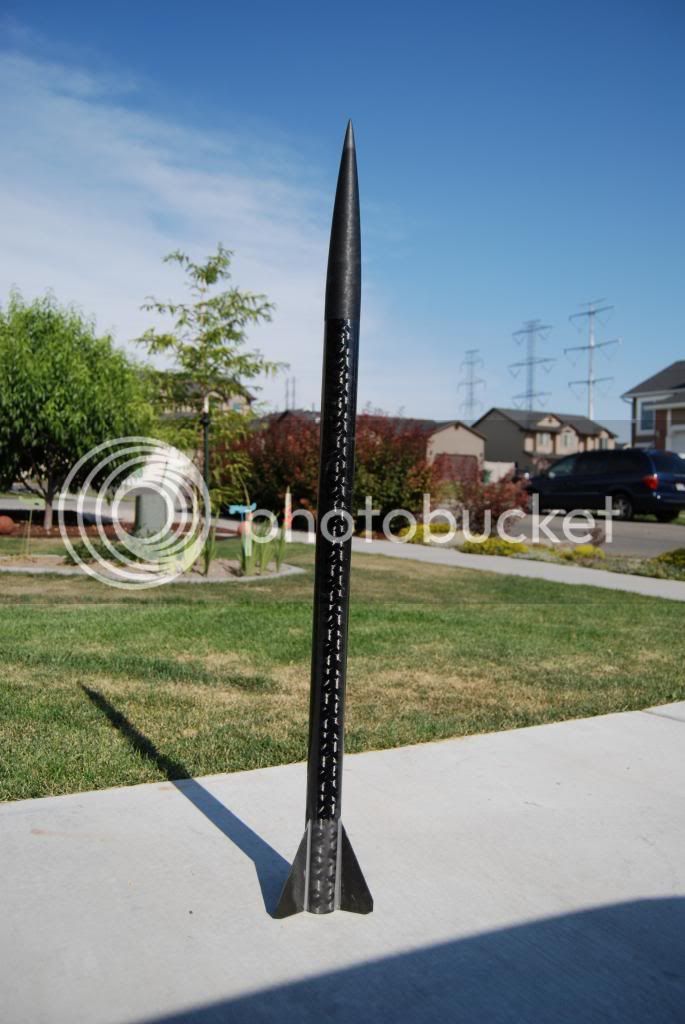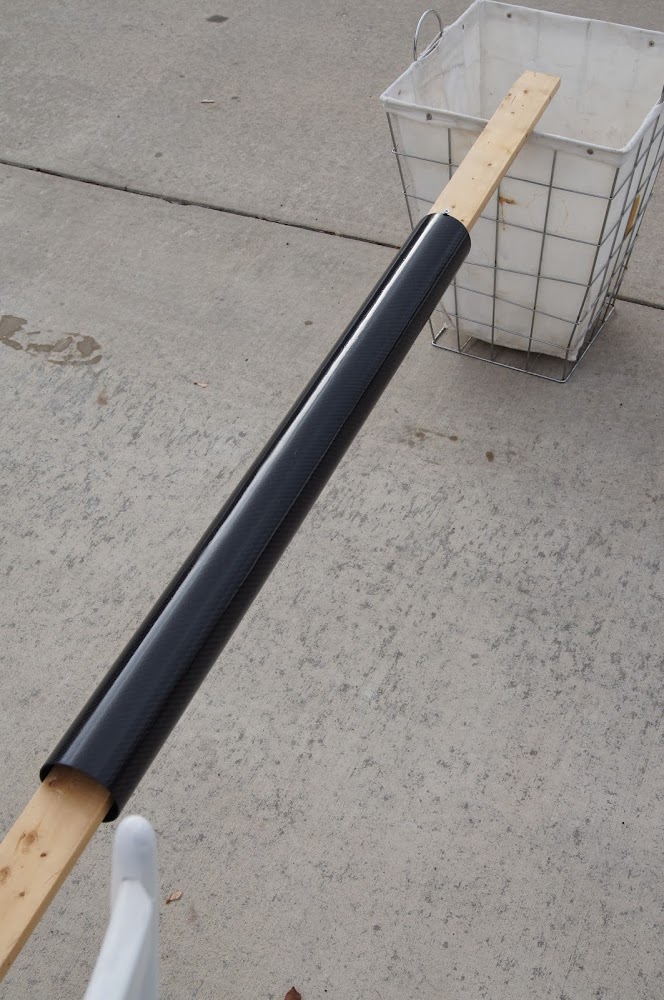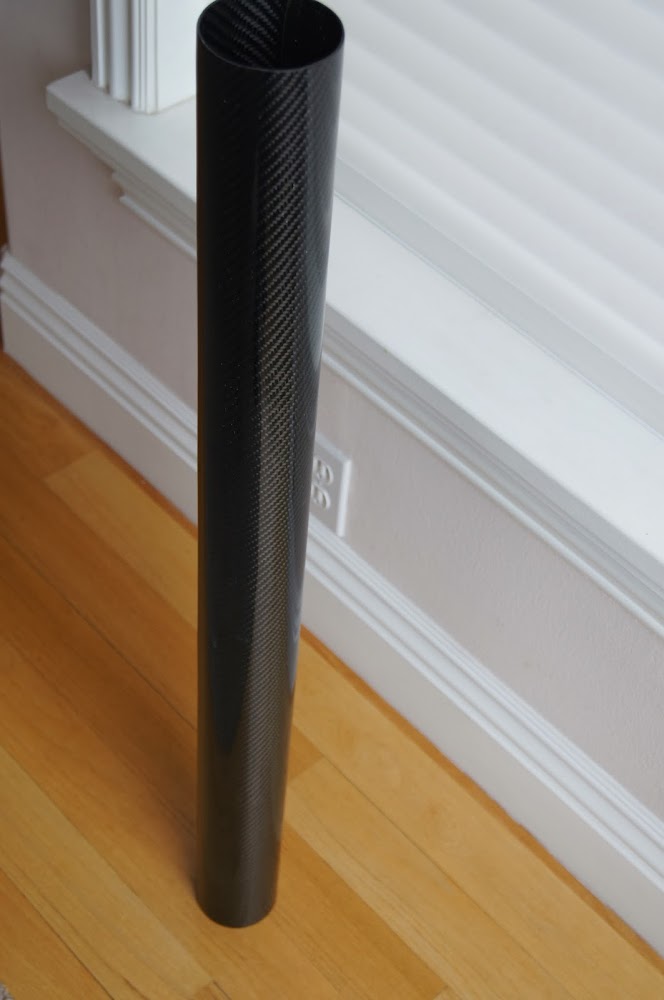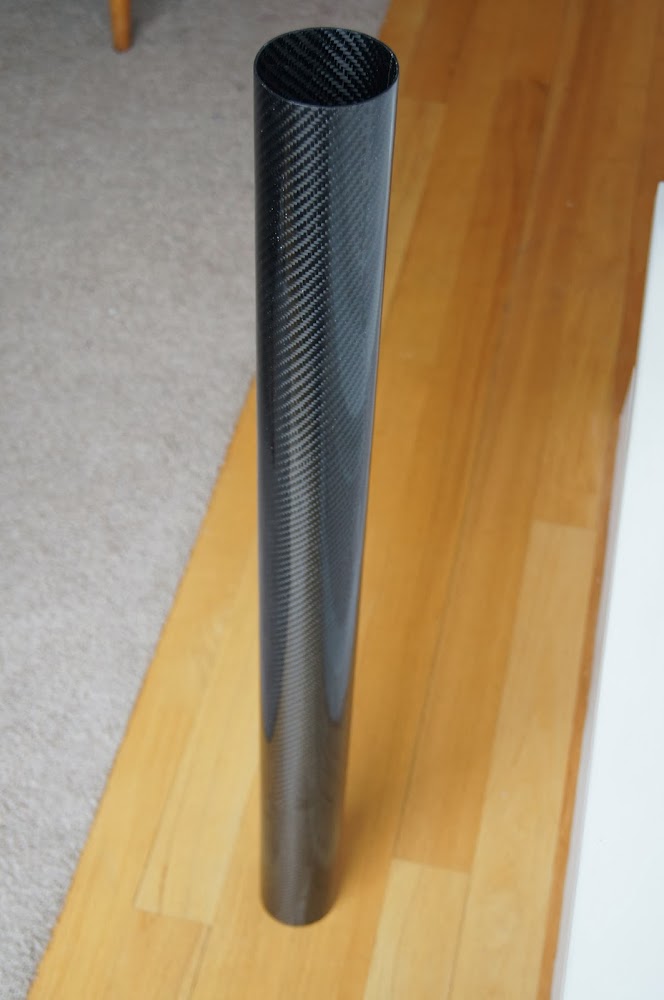CarVac
Well-Known Member
- Joined
- Feb 12, 2012
- Messages
- 5,704
- Reaction score
- 37
I used a 1in chip brush. Acetone might not play nice with foam.
I do not recommend this method for epoxy coating. You want a very thin but even coat. Just pouring some on and smoothing it out with your hands will not be the best option. I use either a playing card or a chip brush. The playing card is nice because I can easily contour it to the curvature of the tube.
Alex
I do not pour and then smooth---I use my fingers to apply the epoxy in the first place, whether coating or wetting out cloth.












